Local Code: Planning for the vernacular
This study examines four landscapes shaped by vernacular practices, the conditions that brought them about and the regulations that restrict them. By searching for commonalities and looking at contemporary design precedents a new design code for vernacular placemaking is proposed.
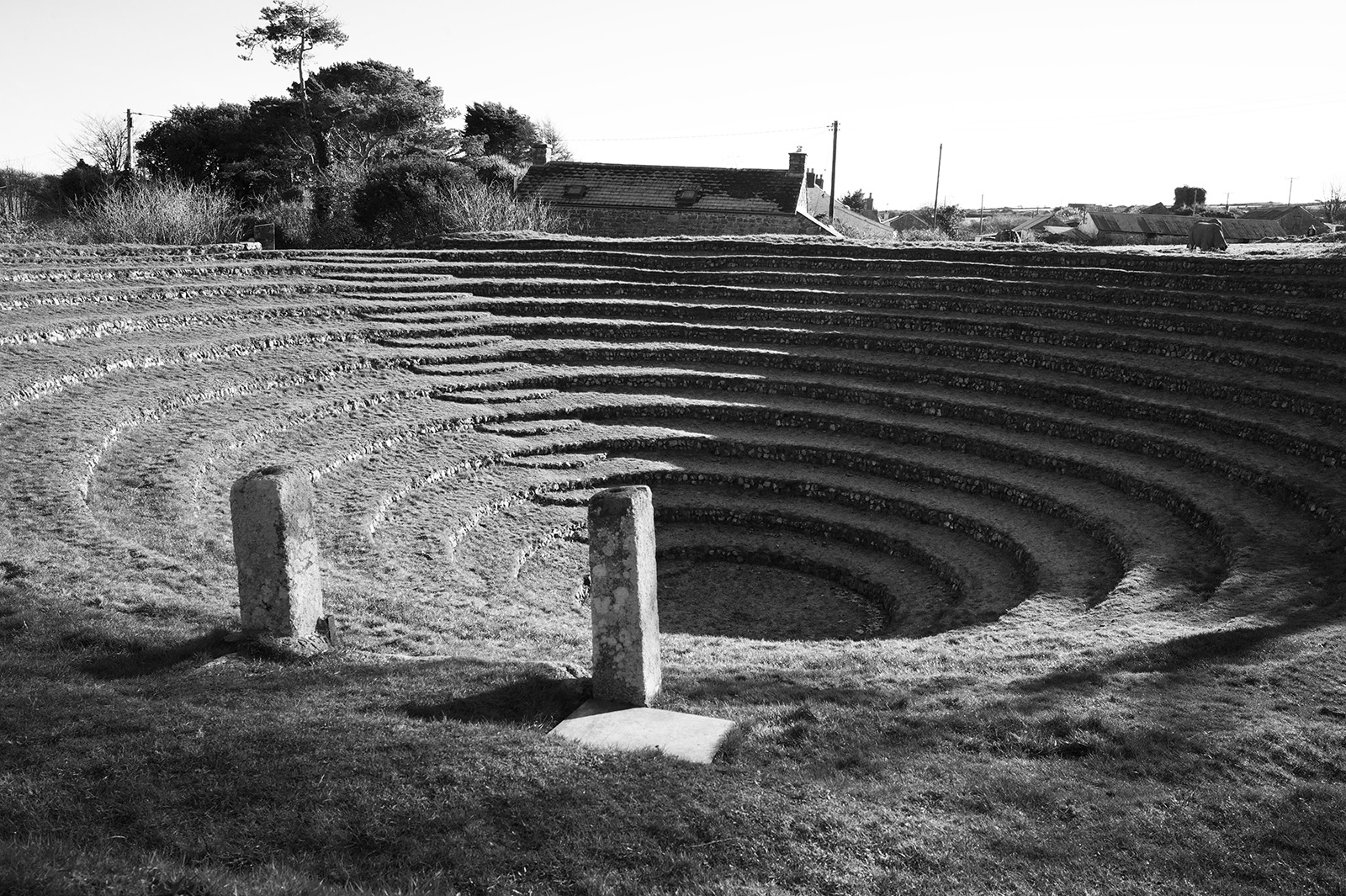
Case study sites include: Gwennap Pit, Cornwall; Monument Colliery and the Free-Mines of the Forest of Dean; Beaks Shaw bike jumps, Sussex; and the Clifton Rock Slide, Bristol.
This essay received a national Landscape Institute award in 2017. It forms the basis of ongoing research into vernacular landscapes and their relationship to the planning system, construction regulations and design conventions.
The full essay can be read here: Local Code: Planning for the vernacular
All photographs and writing by Loretta Bosence, except where credited.
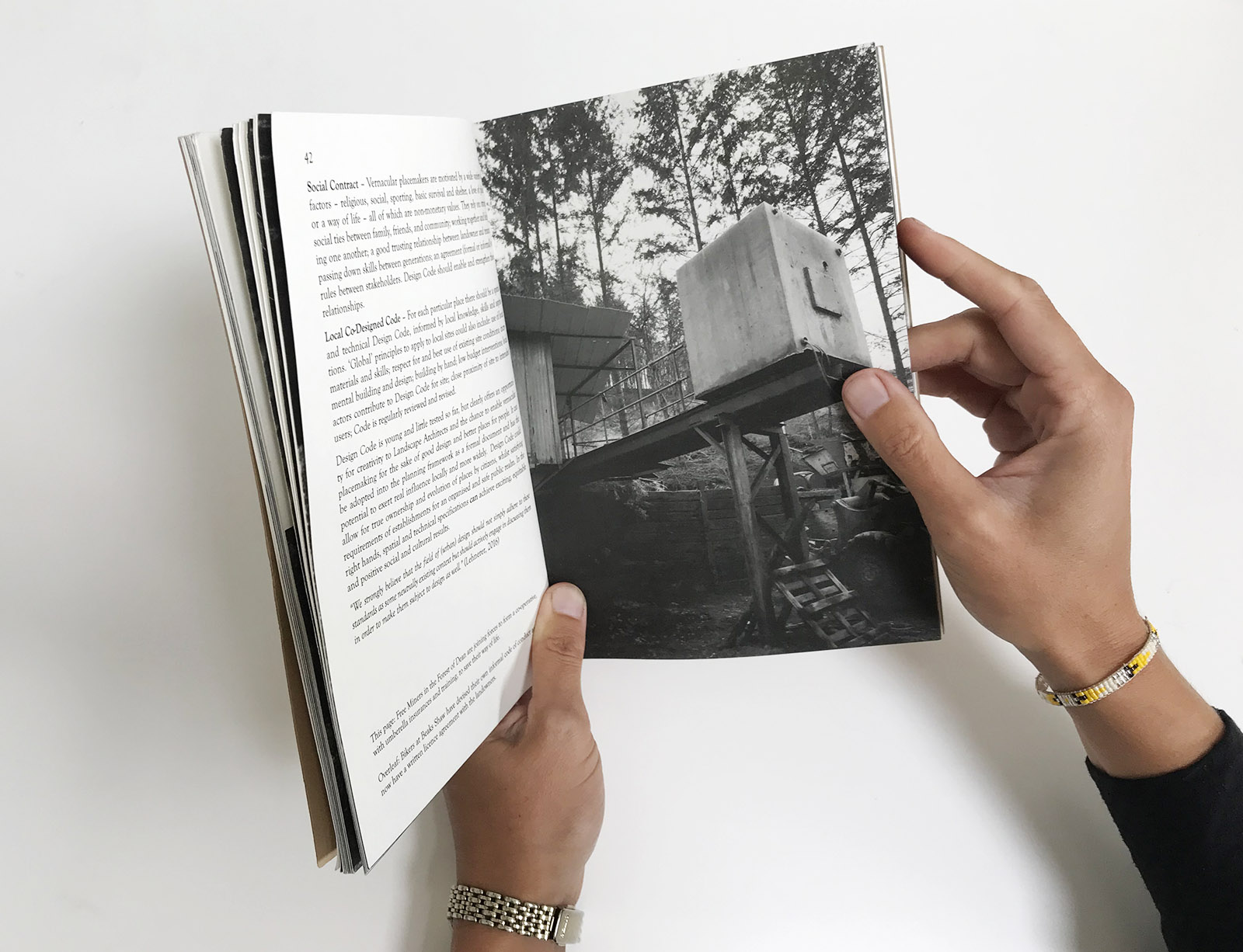
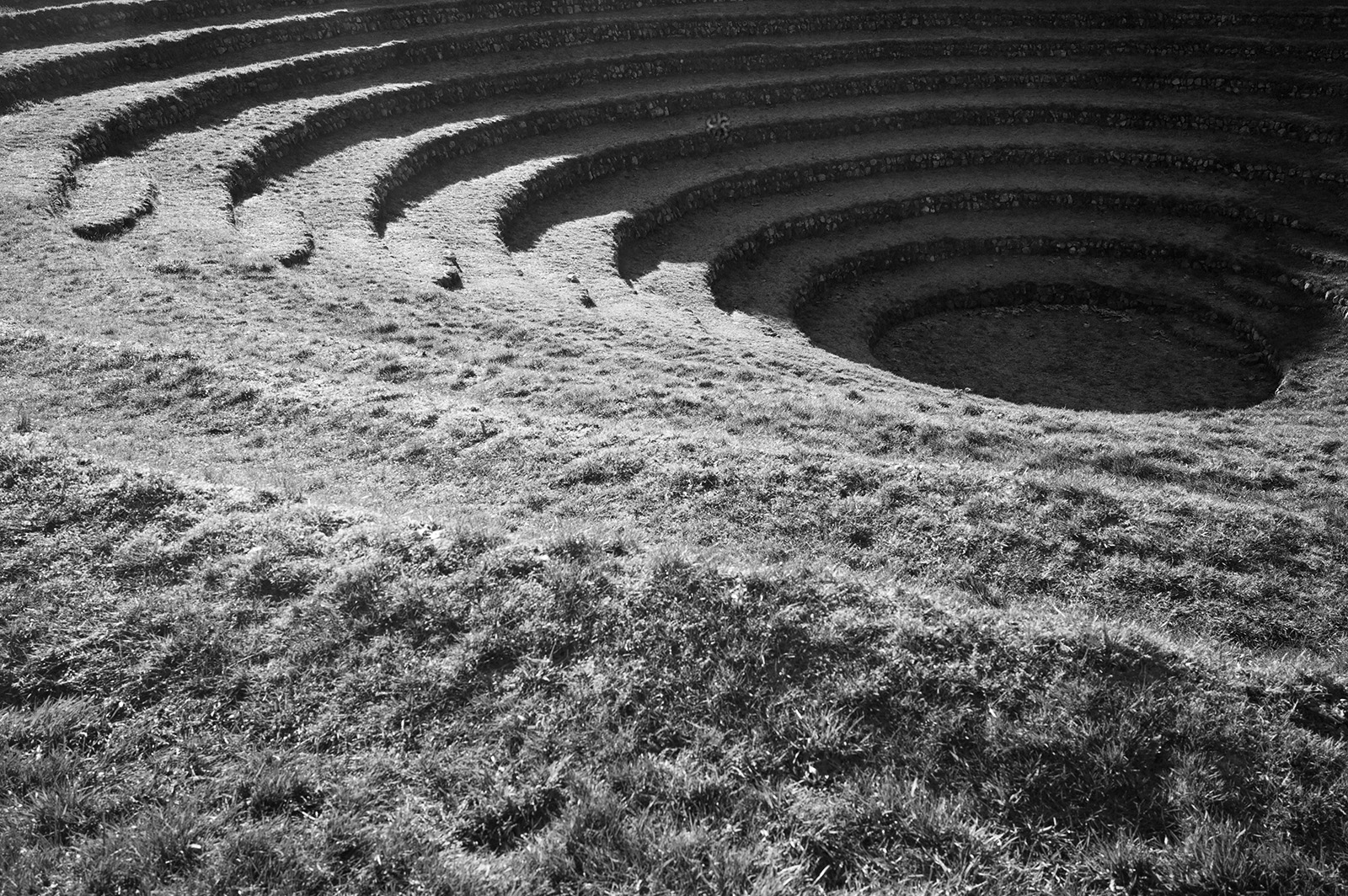
With steep banks to either side, Gwennap Pit was a natural amphitheatre, believed to have formed when mine workings collapsed deep below the road. It was also the natural choice of location for the itinerant preacher’s outdoor sermon, when he sought shelter for his congregation on the windswept ridge.
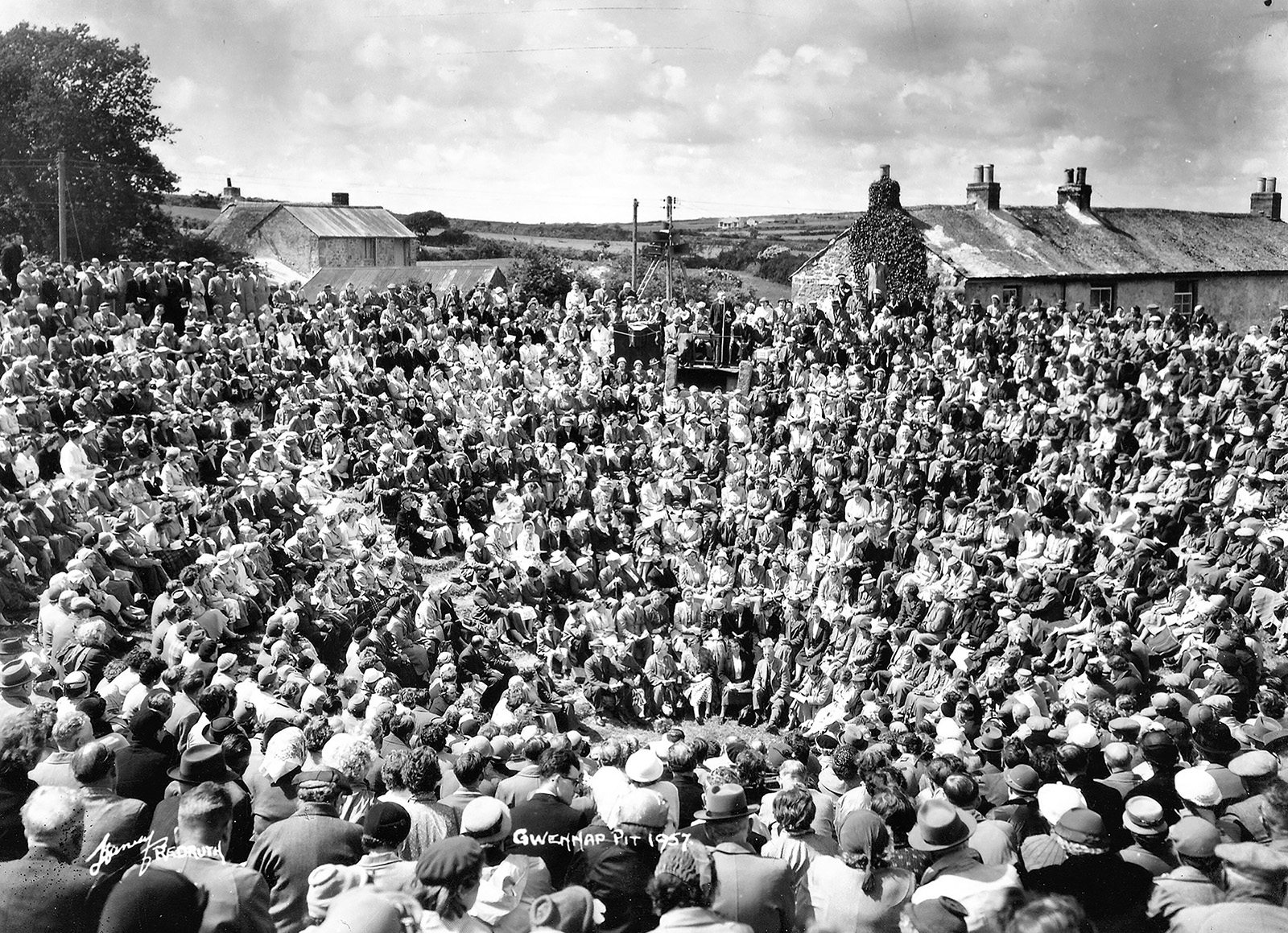

If a man is born within the Hundred of St.Briavel, Gloucestershire, is over 21 years old and has worked for a year and a day underground, he has the right to become a Free Miner of the Forest of Dean.
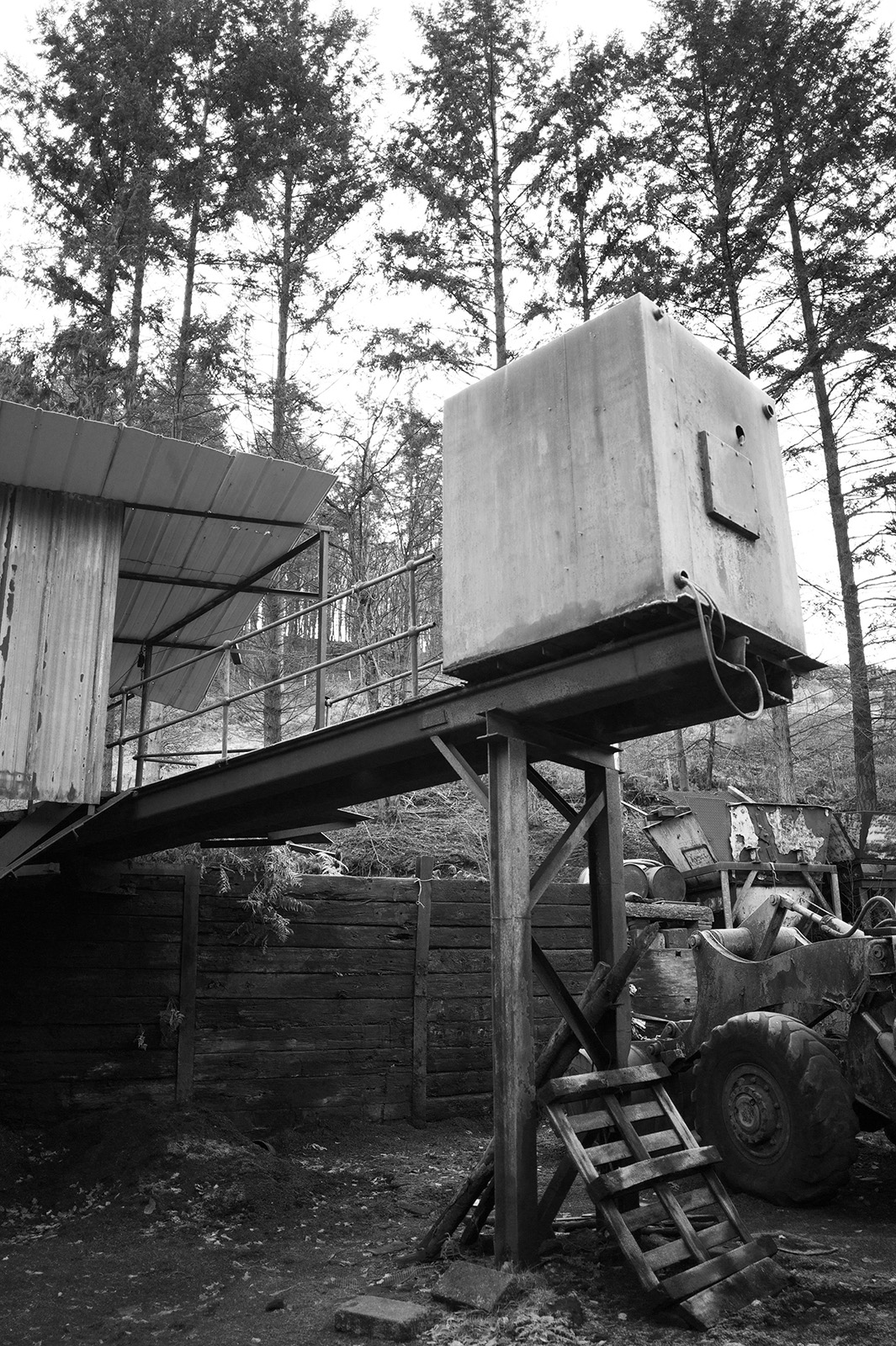

Unplanned villages and homes sprang up across the ‘forest waste’, eventually conceded to freehold in the nineteenth century. At the same time the traditional privileges of the Free Miners were encoded in law. However, despite these protections, the out-dated requirements of this legislation, combined with new regulation, now threaten the very existence of Free Mining.

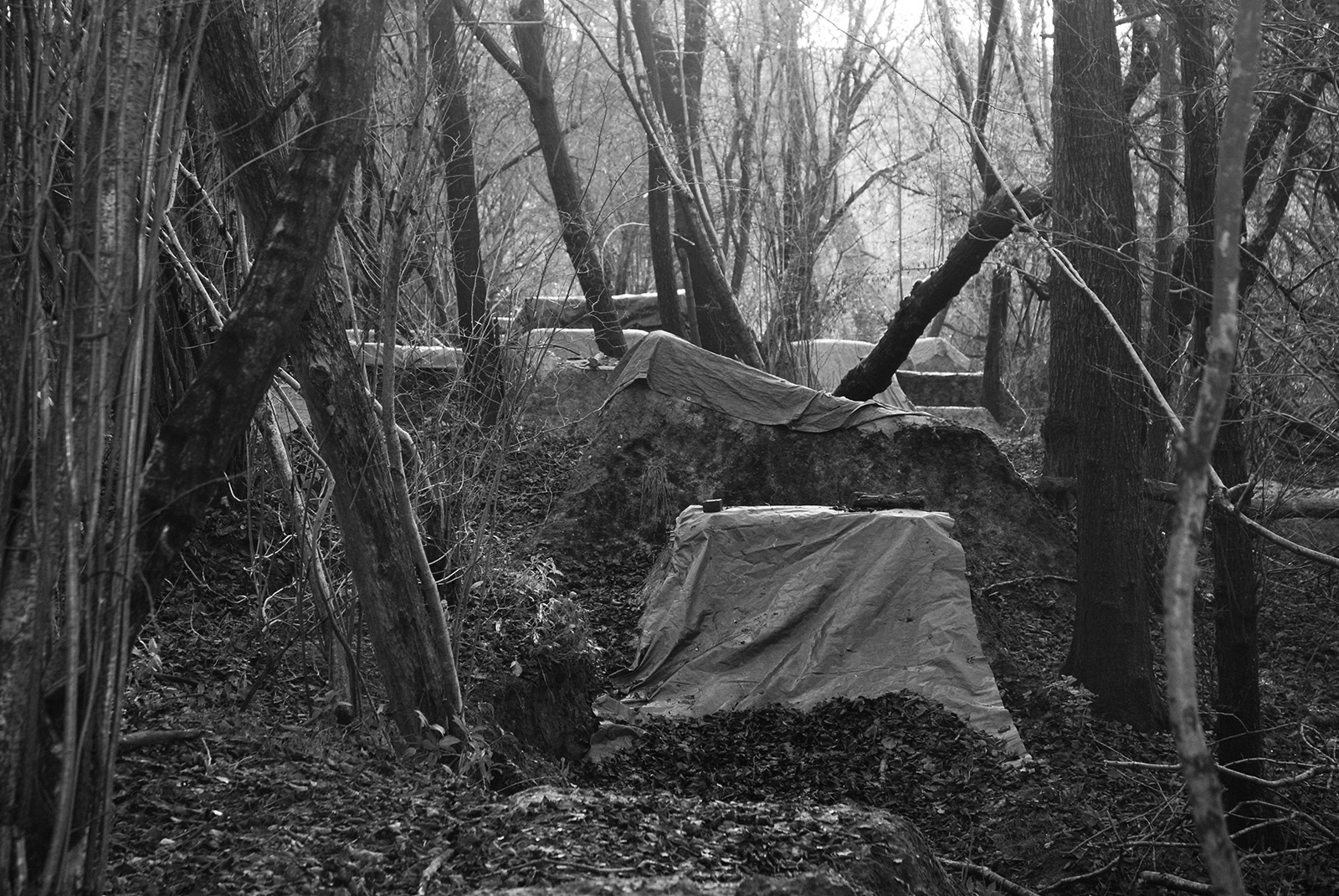

Vernacular placemaking expresses an alternative way of life, for people from diverse cultures, who often find themselves at odds with the establishment…The tendency to romanticize and aestheticize vernacular places and inventions conceals the underlying forces that make them necessary and the subordination and frustrations of their creators.
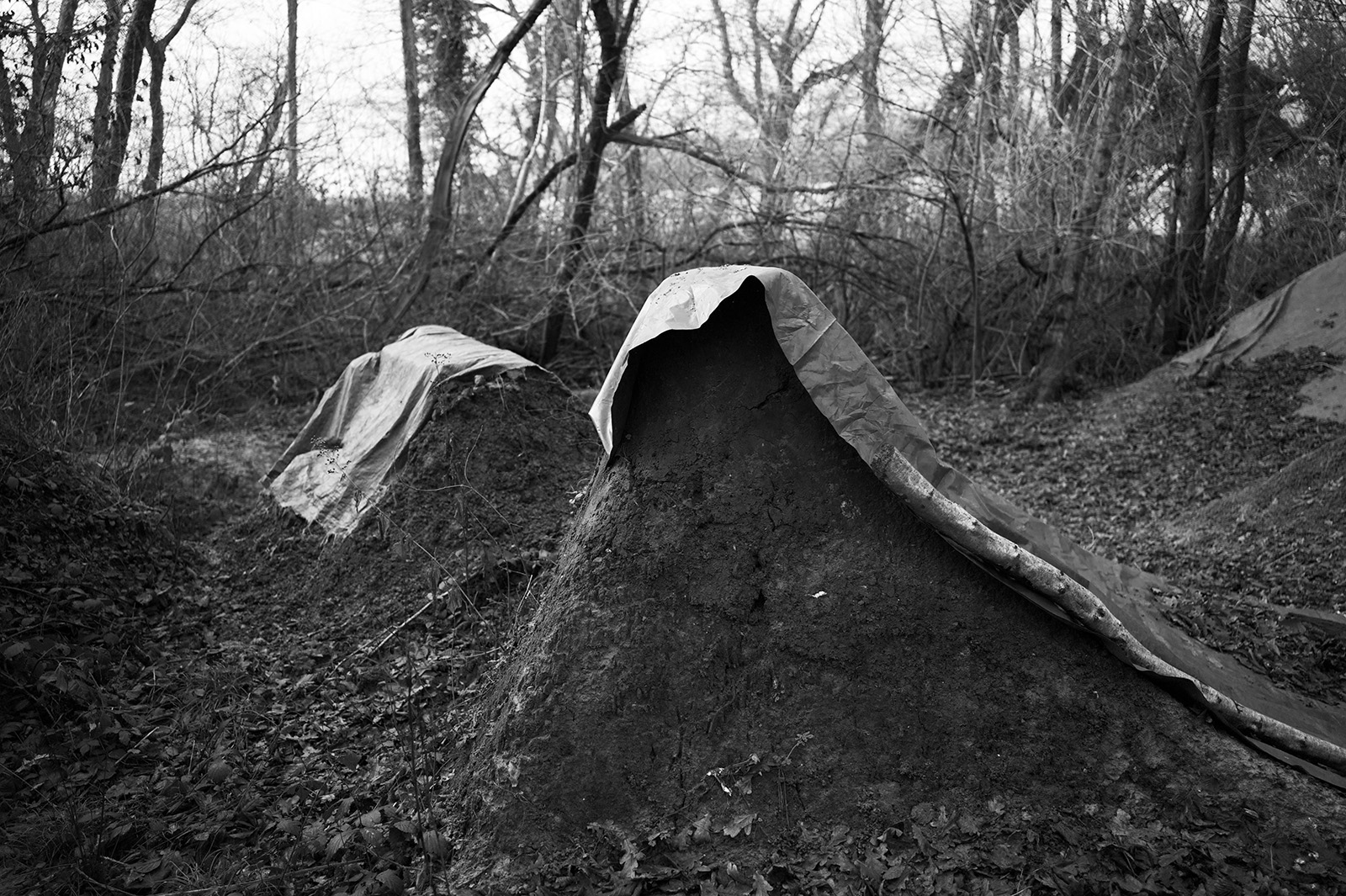
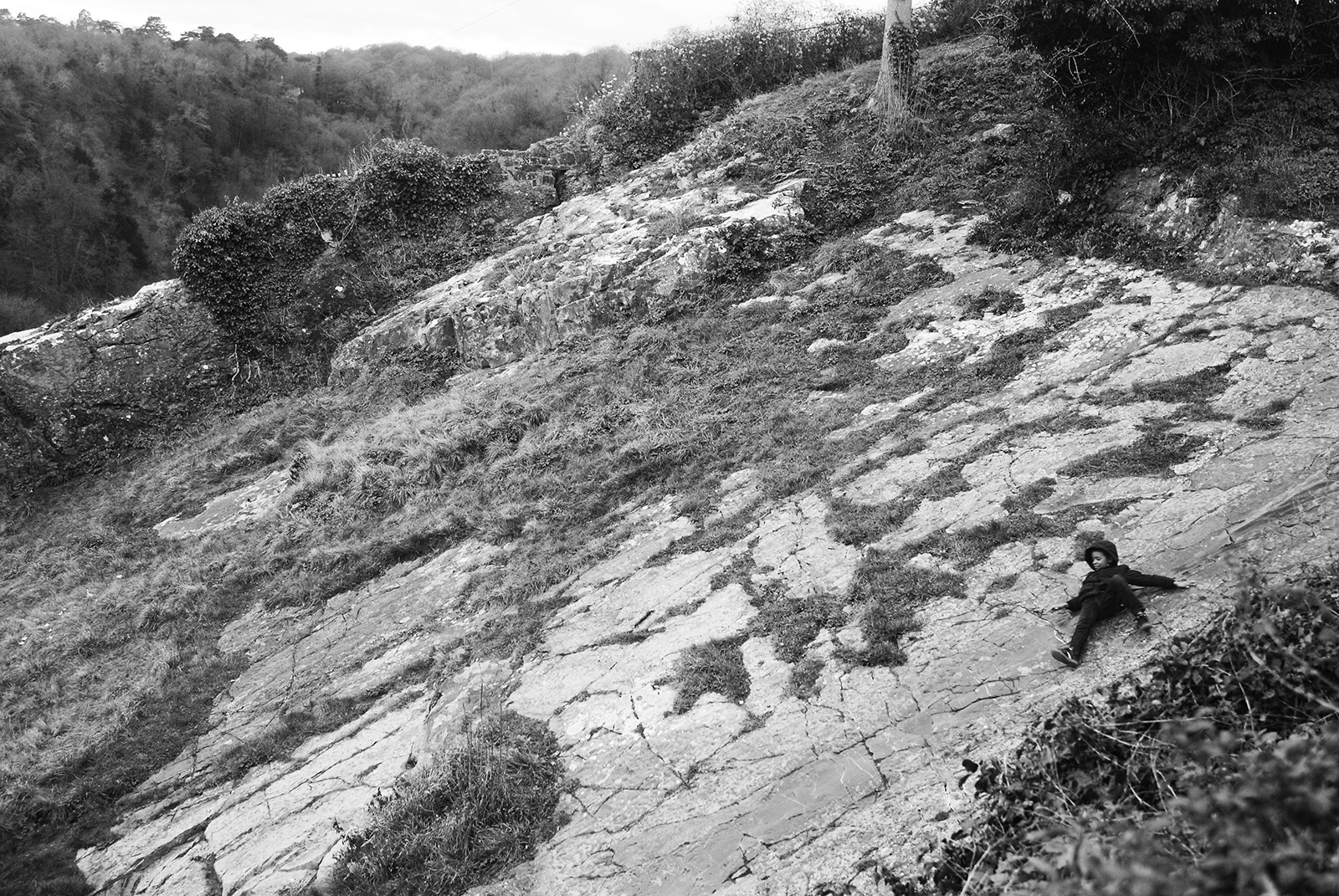
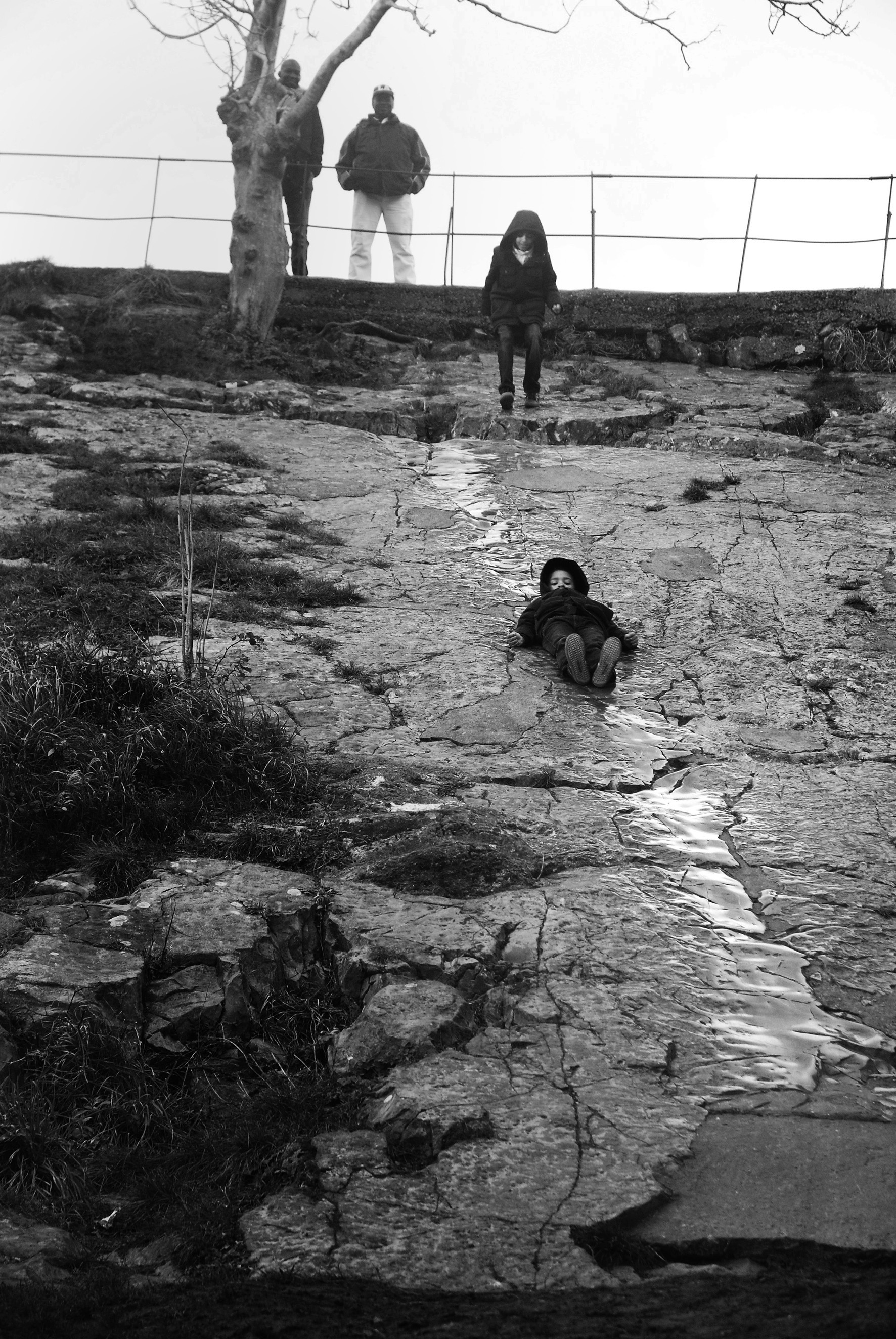
If planning as it stands offers little recourse, or worse is a barrier, to a community or individuals who wish to shape their own environment, what can they do? Design Code could potentially allow a landscape architect employed as a placemaker in the public realm to make space for vernacular practices, in collaboration with local people.

Project: Local Code – Planning for the Vernacular
Dates: 2017 – ongoing